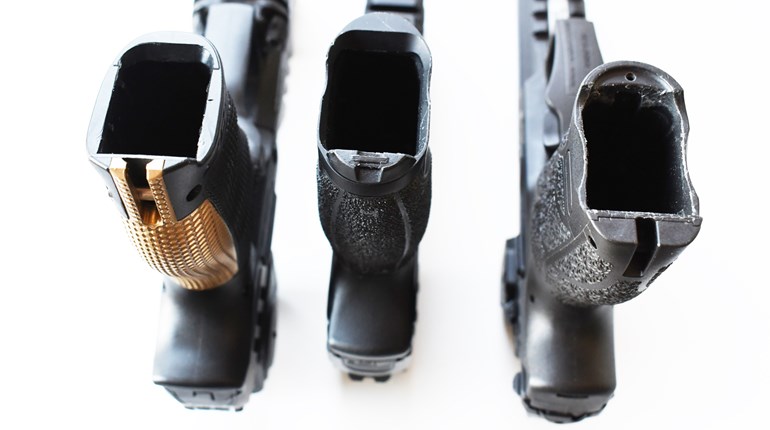
The perfectly cooked elk roast was brought to the table whole to slice and serve hot to our guests. The tantalizing aromas wafting through the air turned the dinner guests into proverbial Pavlov’s dogs. Every slice of meat was light pink from edge to edge; the center the same color. The meat preparation and delivery were superb—a prime example of perfection; moist, flavorful and tender.
Wild game can be challenging to cook, as the lean proteins cook fast. The difference between medium and well-done is often minutes. Want a foolproof way to ensure roasts and steaks are cooked to perfection every time? Try sous vide cooking, best referred to as controlled temperature, long-time cooking with an immersion circulator.

Sous vide is a French style of cooking that has been around since the late 1960s. The French term translates to “under vacuum,” where meat, vegetables or other food are placed in a leakproof container and cooked in a water bath. Though the concept is simple, the process may seem beyond your ability at first. Trust me, it’s not.
Simple-to-use sous vide appliances have been made available to household consumers in recent years, and using one couldn’t be any more foolproof. An immersion heater placed into a large pot of water circulates the water and keeps it at a constant temperature. Anything placed in the water is brought to that precise temperature and held there for as long as desired. Vacuum sealers do a great job of containing meat and marinade and preventing it from contacting the water.
First, decide what temperature you would like your piece of meat cooked to and set your immersion circulator to cook to your preferred temperature. The ideal temperatures for wild game are 125 degrees Fahrenheit for rare, 135 degrees for medium-rare and 145 degrees for medium. Next, you’ll want to decide if you are going to brown your meat before or after the sous vide treatment.

Meat sealed in a bag and cooked in a water bath will look gray and bland on its own, which is why browning before or after is essential. When you brown your meat is a matter of preference, but I find that finishing steaks with a hot sear allows them to be served like those from a high-end steak house. I prefer to dry rub and brown a roast on a hot grill or a cast-iron skillet before sealing it in a bag for cooking. The roast will come out cooked evenly from edge to edge, making every bite the same. If you choose to sear your meat after the water bath, just remember to adjust your sous vide cooking temperature down slightly, as browning your meat will raise the temperature a few degrees.
The next step is to place your meat and favorite spices, fresh herbs, garlic, butter and other enhancers and marinades to your vacuum-sealer bags and seal them tight. Then, fasten the immersion circulator in a large stock pot or specialized sous vide cooking container filled with water and set it to your chosen temperature. Always bring your water to the correct temperature before adding sealed packages. Once the temperature has been reached, place your sealed packages of meat into the pot, cover the top with a custom lid or plastic wrap to prevent evaporation, set the timer and get ready for dinner.

Time is an important consideration. With the right amount of time, a tough animal can be made to taste like tender veal. However, you can overcook already tender cuts and have some of the texture and structure of a steak breakdown. Roasts and large pieces of meat can remain at a temperature in sous vide for six to eight hours. Deer and elk steaks take less time. Start by doing steaks for 60 to 90 minutes and adjust to your liking from there.
Bon appétit!
Give these great sous vide recipes a try:
• Sous Vide Wild Turkey Breast
• Sous Vide Elk Tenderloin
*For a 25 percent discount on sealers, immersion circulators and other meat processing equipment from Weston Brands, use the promo code BFENSON21 at checkout when ordering online.




































